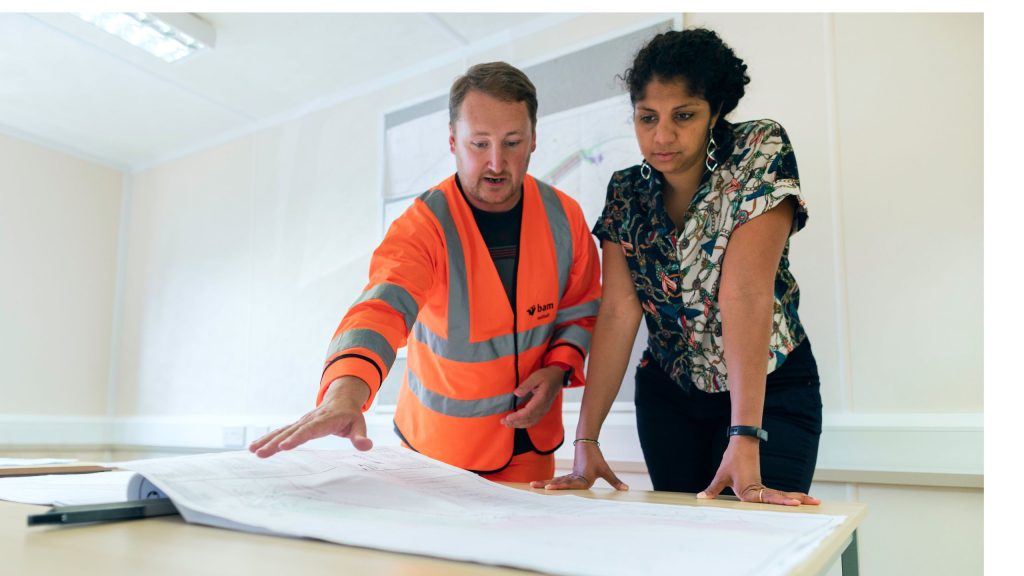Roadside assistance contractors provide vital services to stranded motorists by responding to breakdown calls and performing services like battery jumps, tire changes, lockout assistance, towing, and more.
As demand rises for convenient on-demand assistance, opportunities for independent contractors are growing. Becoming a roadside assistance contractor allows you to enjoy flexible schedules while helping people in need.
However, providing reliable emergency roadside services requires mechanical know-how, customer service skills, an investment in equipment, and proper insurance. This guide covers the key steps to launching your own roadside assistance business.
Getting Proper Training and Certifications
While no single license is mandatory, training and certifications prepare you to expertly address common breakdown issues:
- Take an auto mechanic course at a college or technical school to gain well-rounded diagnostic and repair capabilities.
- Obtain certifications in tire service, lockout service, battery service, and tow operation from reputable providers like the Interstate Battery System International or the National Tire Dealer & Retreaders Association.
- Complete first aid and/or EMT training so you can properly assist injured motorists until paramedics arrive if needed.
- Consider commercial driver training and licensing which may be required for operating larger tow trucks.
Gaining wide-ranging expertise beyond just tire changes and jumps ensures you can handle diverse roadside problems. Highlight your credentials in your marketing materials.
Assembling the Right Equipment
A reliable inventory of professional grade equipment is essential for delivering consistent roadside services. Key items include:
- A well-maintained tow truck capable of lifting various vehicle weights.
- Jumper cables, portable battery chargers, tire inflation devices.
- Jacks, tools for minor repairs, extra gasoline, fluids, and tires.
- Safety gear like flashlights, flares, reflective vests, gloves, and first aid kits.
- Lockout tools for accessing locked vehicles.
- Dollies for towing vehicles with wheel damage.
- Straps, chains, and winches to securely haul vehicles.
- Ramps for loading vehicles that are stuck off road.
Carry out regular maintenance and safety checks. Upgrade equipment as your capital allows.
Establishing Your Business Model
Key decisions in structuring your roadside assistance business include:
Geographic Coverage Area
Determine the area you can reasonably serve based on location. Focus on highways and routes prone to breakdowns.
Range of Services
Offer core services like battery jumps, tire changes, towing, lockout help, fuel delivery, plus any specialty services your training enables.
Customer Types
Decide whether to only assist individual consumers or also corporate fleets and motor clubs. Individual accounts are easier to acquire initially.
Pricing Structure
Establish hourly rates, individual service fees, retainer options, and after-hours/emergency premiums. Keep overhead costs in mind.
Employees vs Independent Contracting
Weigh hiring W-2 employees vs. 1099 subcontractors. Contractors allow more flexible scaling.
Create a business plan detailing your model, capital needs, projected revenues, costs, timelines, and growth strategies.
Gaining Hands-on Experience
Before full independent operation, gain experience assisting at an established roadside assistance company or auto repair shop. Learn procedures for:
- Taking breakdown service calls and dispatching assistance.
- Safely providing various roadside services.
- Operating tow trucks and equipment.
- Dealing with stressed, stranded customers.
- Tracking service areas, vehicle data, inventories, and billing.
- Following best practices for secure towing and protecting vehicles.
Take advantage of on-the-job training opportunities to build expertise.

Obtaining Proper Licensing and Insurance
Don’t start providing roadside assistance until you have the proper documentation:
- Business license – Register your towing/roadside assistance business with the state.
- Commercial auto insurance – Protects against liability for damage, injuries, and wrecks involving your tow trucks.
- Garagekeeper’s insurance – Covers liability if customers’ vehicles are damaged while in your custody.
- Contractor’s license – Often required when your services exceed a certain monetary amount. Check local regulations.
- DOT number – Required for interstate towing operations.
Maintaining adequate insurance is crucial when assisting disabled vehicles on roadways.
Building a Client Base as a New Contractor
Attracting a steady stream of breakdown service calls requires consistent marketing:
- Start a website highlighting your capabilities, training credentials, equipment, and coverage area.
- Distribute brochures and flyers at nearby automotive businesses like auto parts stores, repair shops, and gas stations.
- Network with local police and highway patrol who can refer calls. Offer first responder discounts.
- Partner with motor clubs and insurance providers who outsource roadside assistance to independent contractors.
- Advertise in community papers, coupon mailers, websites, and radio stations.
- Consider offering promotions like first service discounts to incentivize referrals.
Keys to Providing Excellent Service
To earn loyalty and referrals, contractors should:
- Arrive quickly when dispatched. Stranded drivers’ safety is at risk.
- Demonstrate expertise quickly diagnosing and addressing the vehicle issue.
- Maintain a clean, well-equipped truck and wear professional attire. Inspire confidence.
- Remain calm and polite even when dealing with frustrated customers.
- Explain any fees and required services clearly up front. Never surprise customers.
- Provide invoices listing exact services rendered and parts used.
- Maintain diligent recordkeeping for your own taxes and business analytics.
Delivering skilled, transparent, professional assistance wins trust and repeat business.
Understanding Regulations for Roadside Services
Key laws and safety standards include:
- Maintaining current driver’s licenses, business licenses, and adequate insurance.
- Following safe roadside stopping procedures when servicing breakdowns near highways.
- Adhering to protocols for transporting hazardous materials found in vehicles.
- Securing vehicles properly when towing.
- Avoiding predatory towing practices. Only tow legally parked vehicles at the owner or law enforcement’s request.
- Obtaining motorist consent before providing any services or fees not requested through dispatch.
- Operating well-lit, equipped recovery vehicles meeting DOT safety standards.
Complying with regulations preserves your reputation and keeps the roadside environment safe.
Why You Should Consider This Rewarding Career
Becoming a roadside assistance contractor is an excellent opportunity if you:
- Want to help people in need while enjoying flexible work.
- Like working independently.
- Possess mechanical know-how and troubleshooting skills.
- Have strong customer service and communication abilities.
- Are willing to be on call for emergencies 24/7 as an essential service.
- Enjoy driving and providing a mobile service.
This career lets you combine fulfilling emergency response work with the freedom of managing your own business.
FAQs
- What certifications should you get?
Answer: Useful certifications include auto mechanic training, tire service, lockout service, battery service, tow operation, commercial driver’s license, and first aid/EMT training.
- What insurance do you need?
Answer: You need commercial auto insurance, garagekeeper’s insurance, and potentially contractors insurance. Adequate coverage is crucial when servicing vehicles roadside.
- What are the most important skills?
Answer: Key skills include mechanical/diagnostic expertise, safe towing abilities, customer service, communication, availability for on-call work, driving skills, organization, and familiarity with roadside regulations.
- How do you attract customers initially?
Answer: Effective marketing strategies include websites, brochures, partnering with repair shops/parts stores, police referrals, insurance provider networks, local ads, and promotions.
- What are top roadside contractor regulations?
Answer: You must follow rules on licensing, insurance, hazardous material handling, vehicle security during towing, consent for services, roadside stopping procedures, predatory towing prohibitions, and safety standards.
Conclusion
Starting a roadside assistance contracting business allows you to help stranded motorists while benefitting from flexible scheduling and entrepreneurship opportunities.
Gain wide-ranging technical certifications and hands-on experience in roadside and shop environments. Assemble professional equipment and obtain necessary licensing and insurance. Market your services consistently to establish a local client base and partnership with motor clubs.
If you have mechanical expertise, customer service skills, availability for on-call work, and an entrepreneurial spirit, building a mobile roadside assistance business can be an ideal path to help people in need while enjoying the perks of contracted work.

